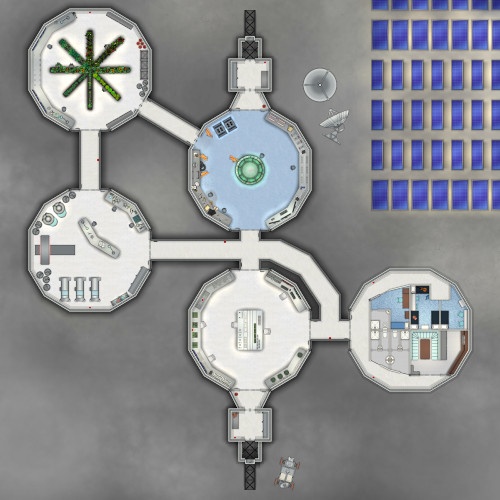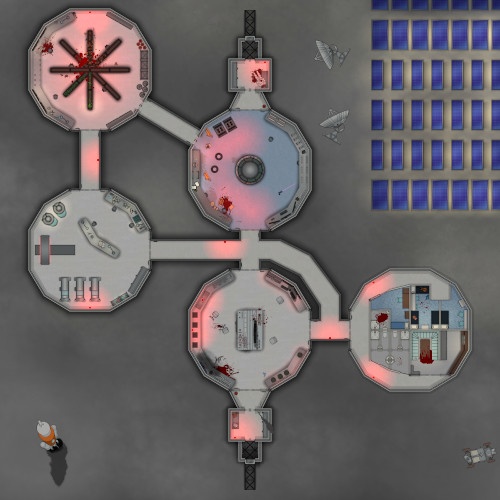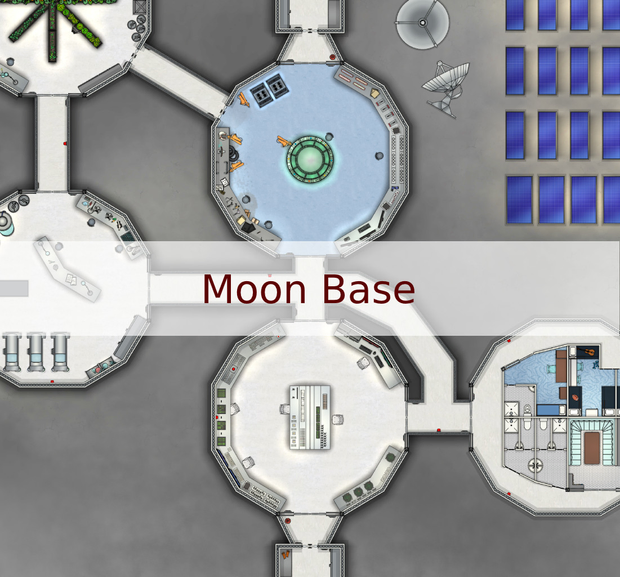Why do communication logs with Earth show three-hour gaps every night, and what's causing the unexplained power drains in sector seven? Which crew members have stopped reporting for their scheduled shifts, and why does the observation deck's glass keep fogging from the inside? What's moving in the shadows beyond the floodlights?
Follow Cthulhu Architect on BlueSky!Houston, Tranquility Base here. The Eagle has landed.
― NASA astronaut Neil Armstrong after landing on the moon July 20, 1969
The isolation had always been part of the job description, but Kestrel Vance hadn’t expected the silence to feel so alive. Three months into her rotation at Meridian Base, she’d grown accustomed to the gentle hum of recycled air and the distant whir of the communication array. But tonight, something was different. The sounds seemed to pulse with an almost organic rhythm, as if the station itself had developed a heartbeat.
She found Dr. Holloway in the observation deck, standing motionless before the massive viewport that framed Earth’s blue marble against the star-drunk void. His breath fogged the reinforced glass in steady intervals, but when Kestrel called his name, he didn’t turn. The condensation on the window had formed strange, spiraling patterns that hurt to look at directly---geometries that seemed to twist back on themselves in ways that made her eyes water.
“Marcus?” she whispered, reaching for his shoulder. His skin was cold beneath the standard-issue jumpsuit, cold in a way that had nothing to do with the station’s regulated temperature. When he finally turned, his eyes held the same infinite darkness as the space beyond the viewport. “The calculations,” he said in a voice like static between radio frequencies, “they’re not random. The orbital decay, the solar radiation patterns---it’s all deliberate. We’re being moved.”
Kestrel backed toward the corridor, her rational mind grappling with what she was seeing. The station’s logs showed no course corrections, no gravitational anomalies that could account for what Marcus was suggesting. But as she retreated, she noticed something that made her blood crystallize in her veins. The shadows cast by the Earth’s terminator line weren’t falling where they should. The darkness was reaching toward them across impossible distances, stretching like tendrils of liquid night that defied every law of physics she’d spent her life studying.
In the days that followed, more crew members began to change. They spoke in hushed tones about “the adjustment” and spent their off-shifts staring at the hull breach sensors, watching readouts that showed impossible readings from sections of the station that didn’t exist. Kestrel found herself checking and rechecking the station schematics, but each time she looked, new corridors appeared on the blueprints---passages that led deeper into the station’s heart than should have been possible given the structure’s dimensions.
On her final night aboard Meridian Base, Kestrel discovered that the geometric patterns weren’t carved into the hull from outside. They were growing from within, spreading like a crystalline infection through the station’s very bones. And in the observation deck, where she’d first seen Marcus commune with the void, the viewport no longer showed Earth at all. Instead, it revealed an ancient city of impossible angles, its spires reaching toward their small sanctuary of light and air with what could only be described as hunger. The void, she realized with crystalline clarity, had never been empty at all.


